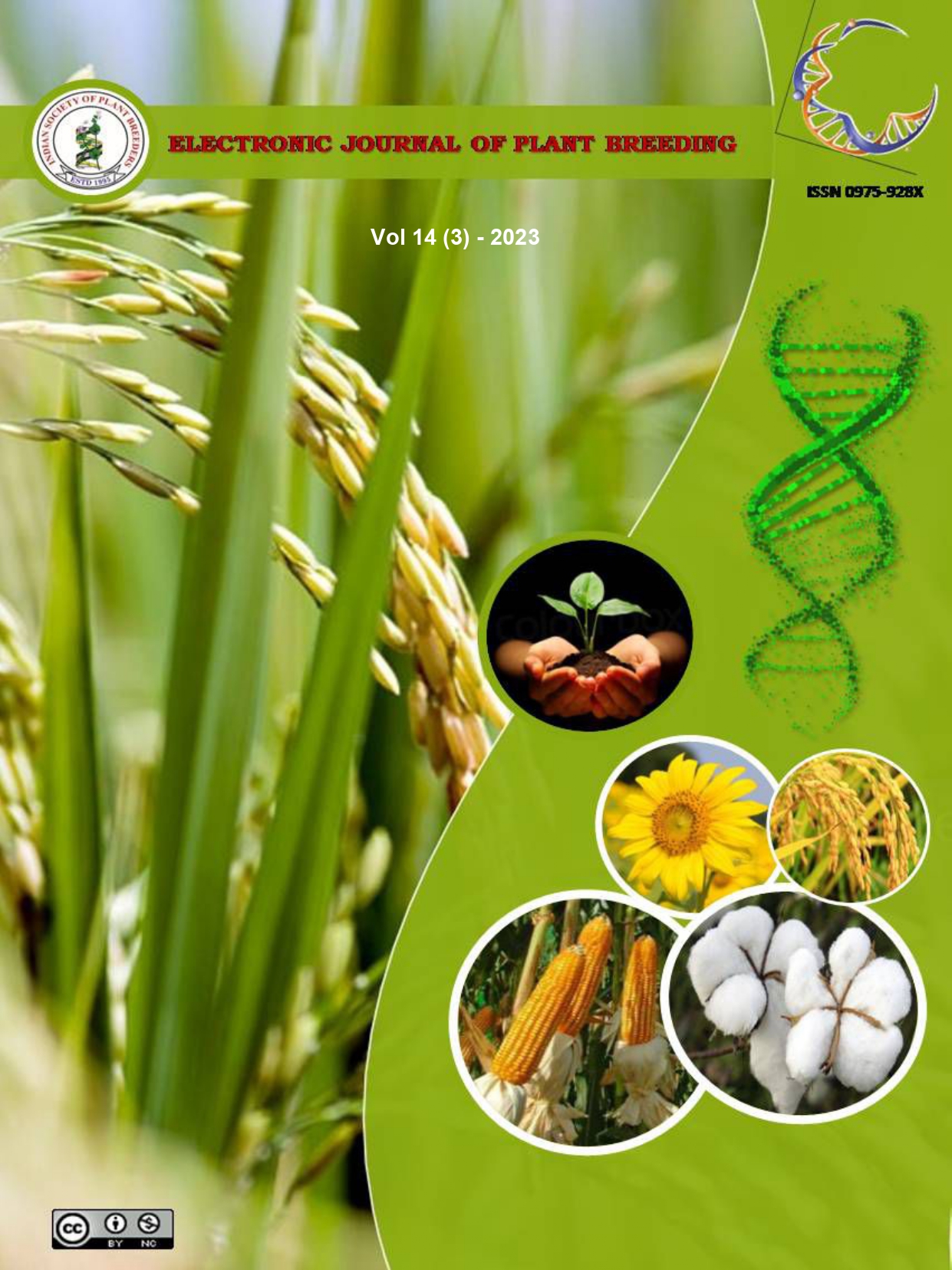Genetic analysis of polygenic traits in maize
Abstract
Maize is one of the important cereals in the world. It is a good source of carbohydrates (70-87%) and protein (6-13%). To develop a high-yielding variety of any crop, heritability and genetic advance are important selection parameters for the selection of yield and yield attributes. In this regard, the present investigation was carried out at the Namdeo Umaji Agri Tech India Private Limited, Pune, during Kharif, 2022 to study the extent of variability among maize genotypes. Observations were recorded on 19 polygenic traits and the mean values were subjected to statistical analyses. High GCV and PCV were recorded for anthesis and silking interval, number of leaves, lodging percentage, number of kernels per row and grain yield per plant. High heritability accompanied by high genetic advance was noted for anthesis and silking interval, lodging percentage, grain yield per plant, number of leaves per plant, number of kernels per row, number of tassel branches, leaf width, days to 50% silking, protein content, leaf length, number of kernel rows per cob, cob diameter and cob length. It indicates that these traits are governed by additive gene action and selection will be rewarding for improving these traits in maize

